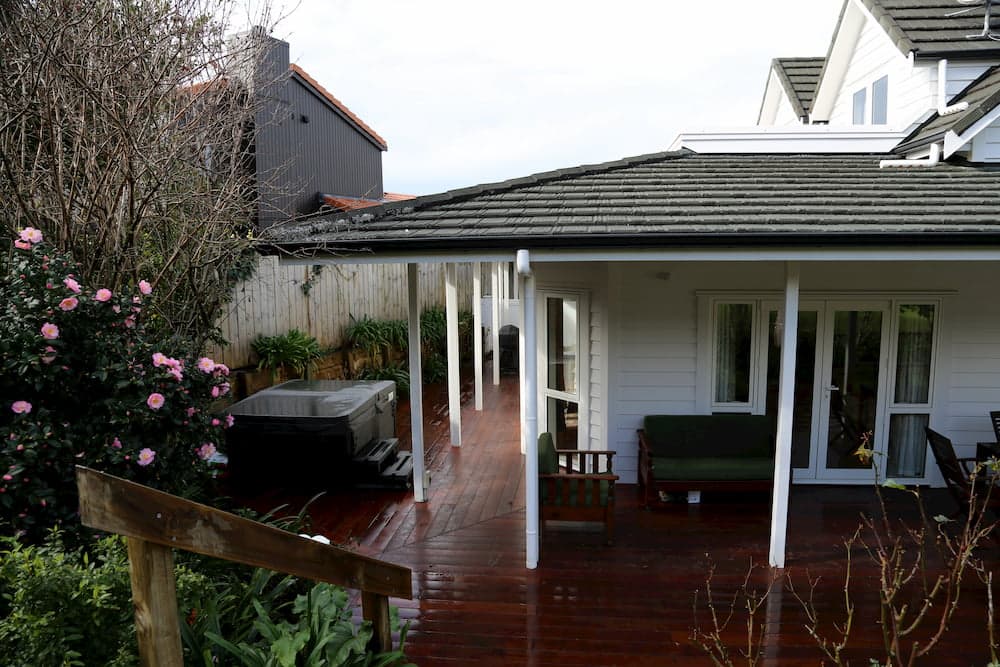Embarking on the journey to build your dream home is a monumental task, filled with excitement and challenges.
In this guide, we share essential insights, expert tips, and comprehensive checklists to empower you at every stage of the construction process.
From budgeting to selecting contractors, our top 10 tips provide a roadmap for success. The downloadable checklist ensures no detail is overlooked, streamlining the journey from design to finishing touches.
Careful planning is the cornerstone of a seamless construction experience, and as we delve into the nuances, we emphasise the importance of each step.
Your dream home awaits - let's build it with confidence!


